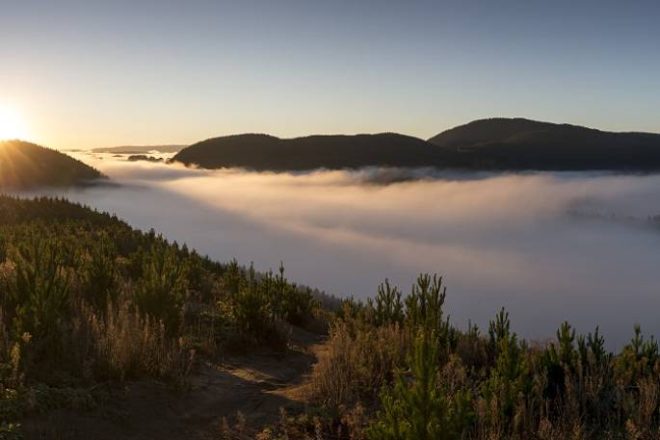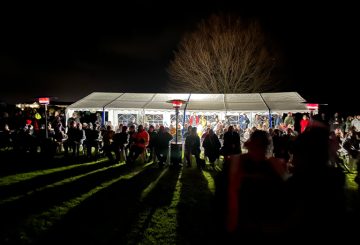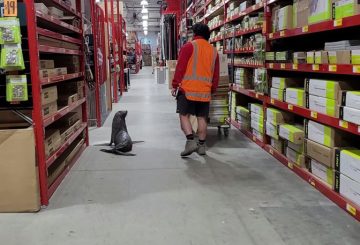Peeni Henare 산림부 장관은 정부가 지역사회가 산림 경작에 대한 통제권을 강화함으로써 농장에서 임업으로의 전환에 관한 규정을 강화하겠다는 2020년 선거 공약을 이행하고 있다고 밝혔습니다.Henare는 “이러한 변화는 농지에 심어진 소나무 숲을 줄이고 생산성이 낮은 토지에 더 많이 심어짐으로써 적절한 장소에 적절한 나무를 배치하는 것입니다.” 라고 말합니다.“우리는 지역 의회가 자원 동의 절차를 통해 플랜테이션과 탄소 숲으로 사용할 수 있는 토지를 결정할 수 있도록 권한을 부여하고 있습니다.Henare는 플랜테이션 임업에 대한 국가 환경 표준의 개정안에 따라 영구 소나무 숲이 플랜테이션 산림과 동일한 방식으로 관리되는 환경적 영향을 보게 될 것이라고 말합니다.“이는 이제 모든 새로운 임업 전환을 위해서는 화재 예방, 강, 호수 및 습지 옆에 식재하는 규칙과 같은 많은 표준이 필요하다는 것을 의미합니다.”이러한 변화는 작년 플랜테이션 및 외래 탄소 조림에 대한 국가적 방향에 대한 광범위한 공개 협의에 따른 것입니다.
우려되는 것은 생산적인 토지를 포괄적으로 심는 것은 역효과를 낳는다는 것입니다.이러한 변화는 지역사회가 적절한 장소에 적절한 유형과 규모의 숲을 조성하는 데 도움이 될 것입니다.“임업 부문은 연간 65억 달러 이상을 기여하고 35,000개 이상의 일자리를 제공하는 지역 경제에 중요한 역할을 합니다.“그러나 외래 탄소 임업을 위한 대규모 토지 이용 변화는 관리 감독이나 요구 사항 없이 방치할 경우 환경, 농촌 지역 사회 및 지역 경제에 의도하지 않은 영향을 미칠 가능성이 있습니다.”
크레딧: sunlive.co.nz






























































